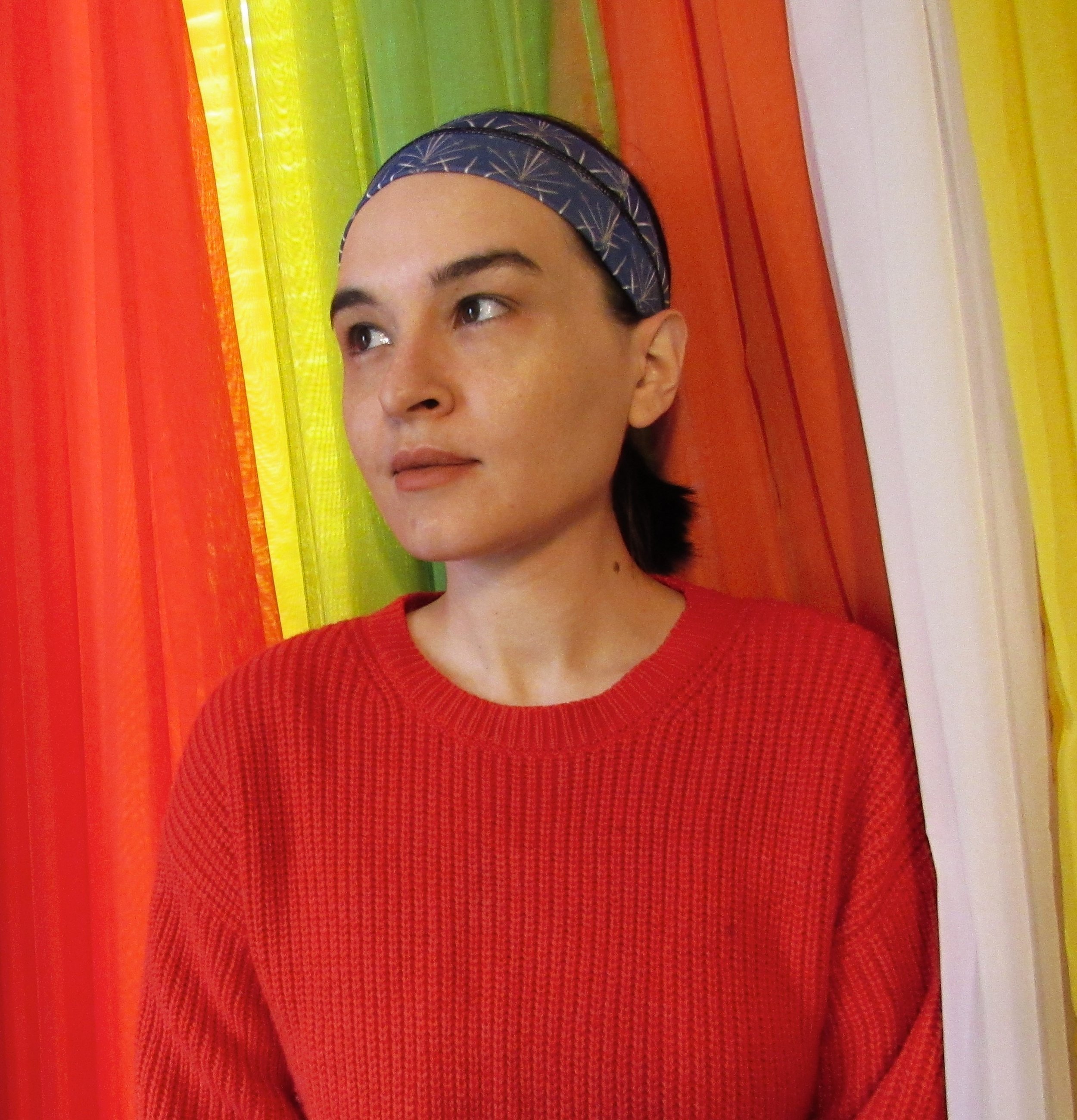

Photos courtesy of WikiMedia Commons.
Darcie Little Badger and Louise Erdrich each published a new novel this past year.
By Cat Barbour ’24 & Halle Wyatt ’25
Books Editor | Staff Writer
Nov. 1 marked the start of Native American Heritage Month, a time to recognize and celebrate Indigenous cultures and history. The movement to establish this time of reflection started in the early 20th century and the month of November was officially designated in 1990. To raise awareness of Native authors and celebrate their work, Mount Holyoke News has compiled a list of four Native authors who published this year.
Angeline Boulley
Angeline Boulley is Ojibwe and a member of the Sault Ste. Marie Tribe of the Chippewa Indians. Her debut novel, “Firekeeper’s Daughter,” was released in March. A young adult mystery, the story follows a biracial Ojibwe girl named Daunis Fontaine who, while struggling with her identity, is suddenly called back home to care for her mother. As she re-enters her community, she finds that a deadly drug is threatening her people. After witnessing a murder, Daunis warily agrees to go undercover for an FBI investigation, and in her findings, learns how far she will go for her community.
On Good Morning America, Boulley explained that the story is inspired by events from her high school. In an interview with Good Morning America, she says she sought to write the “Indigenous Nancy Drew thriller [she] wished she had read as a teen” to give young Native people more representation. As reported by Diverse Books, before writing this book, Boulley was the director of the Office of Indian Education in the U.S. Department of Education, where she worked to improve the education of Native students at all levels.
Louise Erdrich
According to the Poetry Foundation, Erdrich’s writing career spans nearly five decades. According to HarperCollins, she is an enrolled member of the Turtle Mountain Band of the Chippewa Indians. Erdrich has published several novels, poetry collections and children’s books with HarperCollins. Her most recent release, “The Sentence,” which came out earlier this month, follows Tookie, a woman who withstood her long incarceration with a voracious reading habit. While working at an independent Minneapolis bookstore, a frequent customer dies suddenly on All Souls’ Day in 2019 and haunts the store for the year. Britannica describes All Souls’ Day, celebrated on Nov. 2, as the day where Christians remember those who are believed to have died and gone to purgatory to atone for “lesser sins.”
In a work of fiction interwoven with recent history, “The Sentence” follows the store, its inhabitants and Minneapolis through a year of turmoil — from the pandemic to George Floyd’s murder — all while grappling with the mystery of the customer’s death. The New York Times called the book “strange, enchanting and funny: a work about motherhood, doom, regret and the magic — dark, benevolent and every shade in between — of words on paper.”
Darcie Little Badger
Lipan Apache author Little Badger’s second novel, “A Snake Falls to Earth,” will be published on Nov. 23, 2021. The novel brings two worlds together: ours and that of spirits. Nina, a 16-year-old Lipan Apache from Texas, has always been fascinated by her family’s stories. Journeying to Earth, Oli is a cottonmouth snake-person whose friend, Ami, is dying as his species of toad is going extinct on Earth. They form an unlikely team to help each other within a narrative built from, what Kirkus Reviews calls, “two richly constructed worlds using a style that evokes the timeless feeling of listening to traditional oral storytelling.”
With a bachelor’s in Geosciences and a Ph.D. in Oceanography, Levine Querido remarks that Little Badger brings Lipan Apache storytelling to topics of climate change, magic and family. “A Snake Falls to the Earth” was long-listed for the National Book Award for Young People’s Literature.
Danielle Geller
Geller’s debut memoir, “Dog Flowers,” was released earlier this year. After her mother’s death from alcohol withdrawal, Geller begins an arduous journey to her mother’s home on the Navajo reservation. With heart-wrenching prose, Geller weaves together information about her family’s history using her mother’s diaries, documents and photographs. With this information, she also grapples with her identity and past, according to Kirkus Reviews. The Seattle Times warned, “this memoir requires some emotional fortitude to trudge through, let alone live through.” A member of the Navajo nation, Geller teaches creative writing at the University of Victoria in British Columbia, Canada. She has previously published essays in various magazines, including The New Yorker and Arizona Highways.
